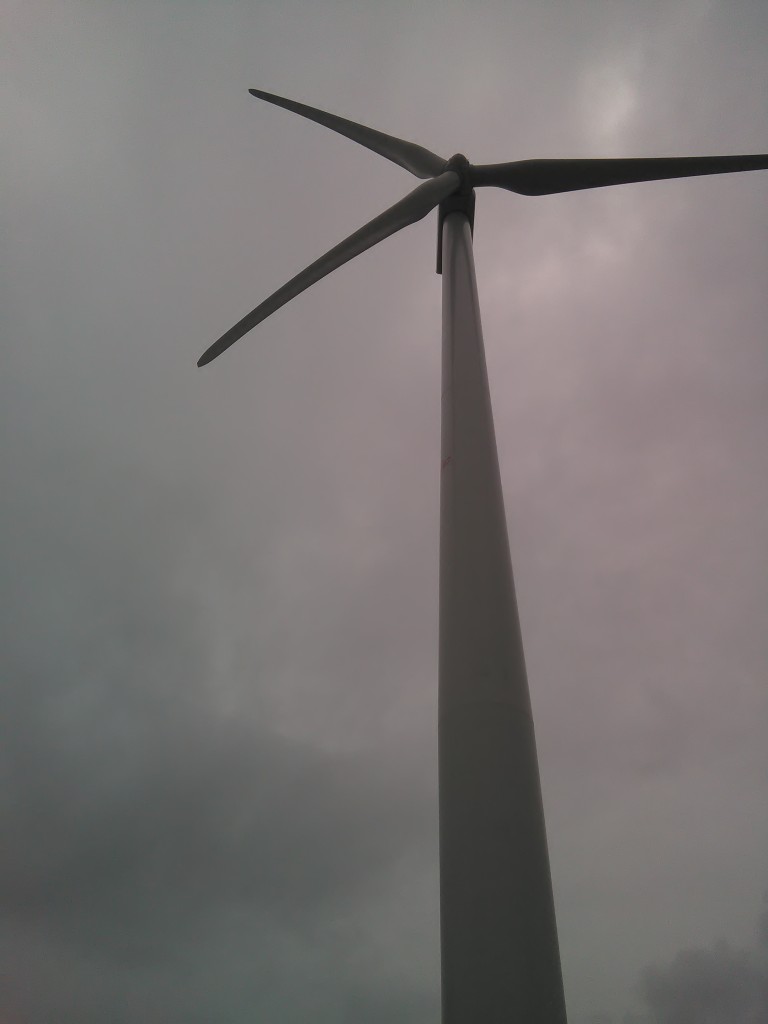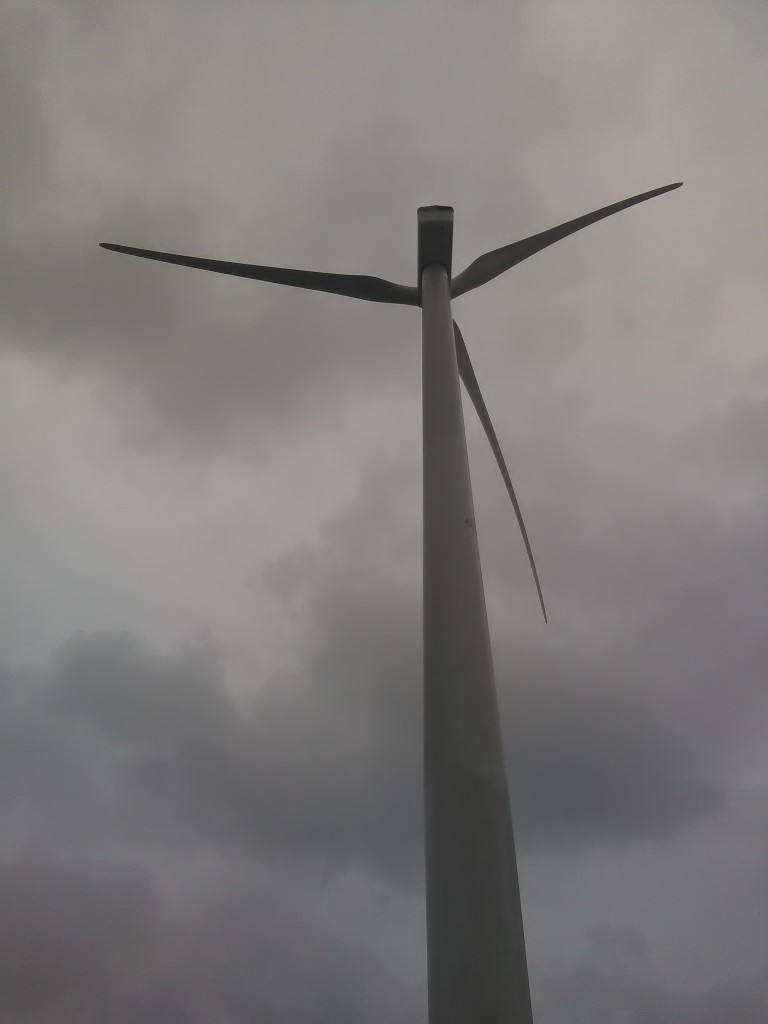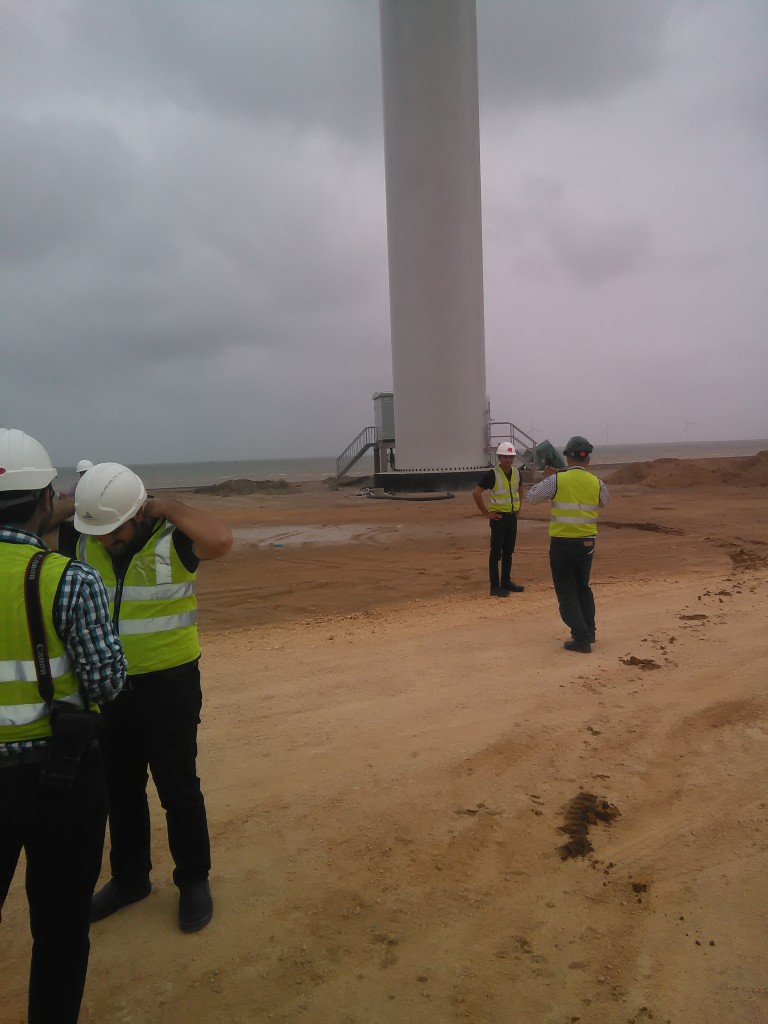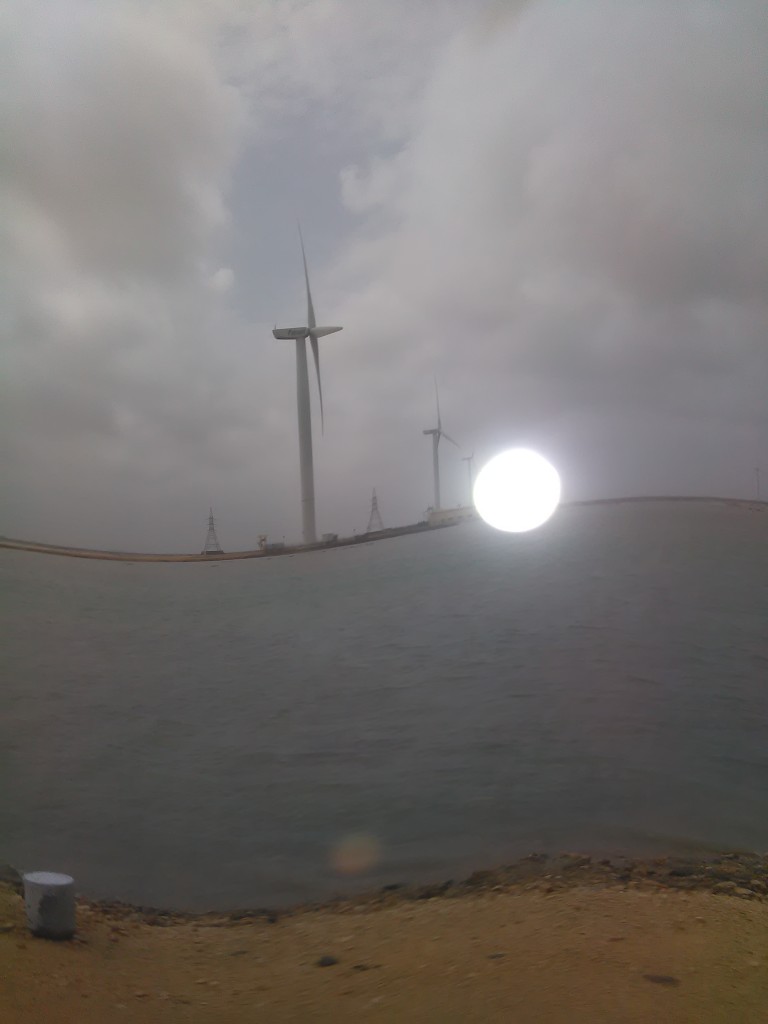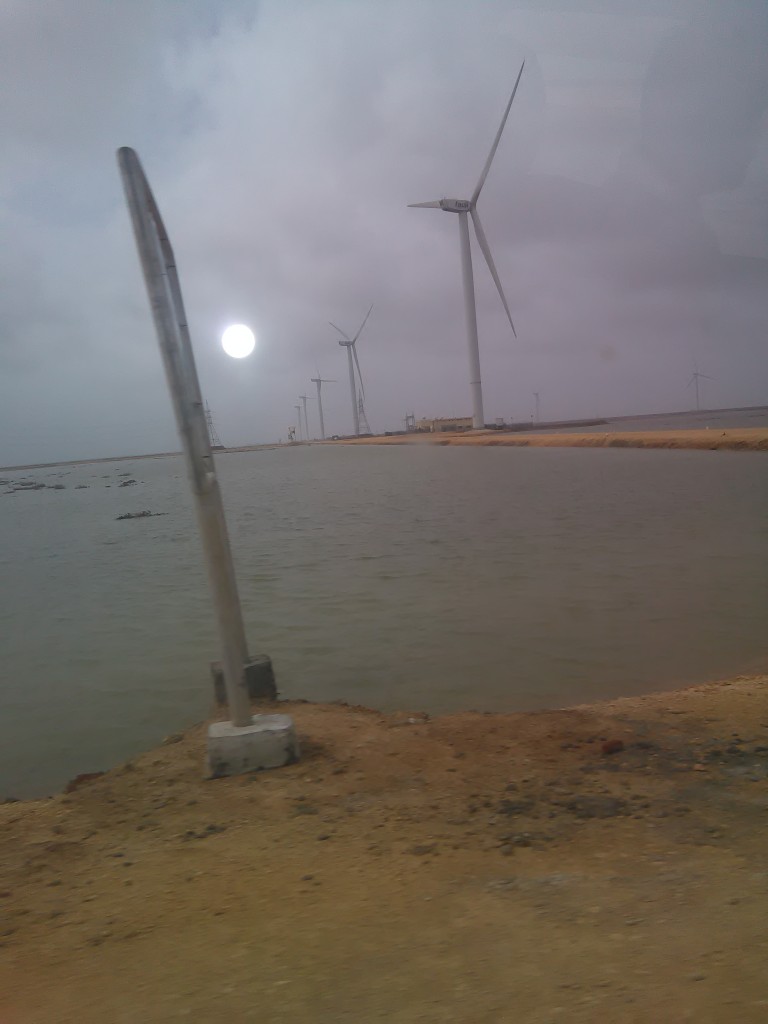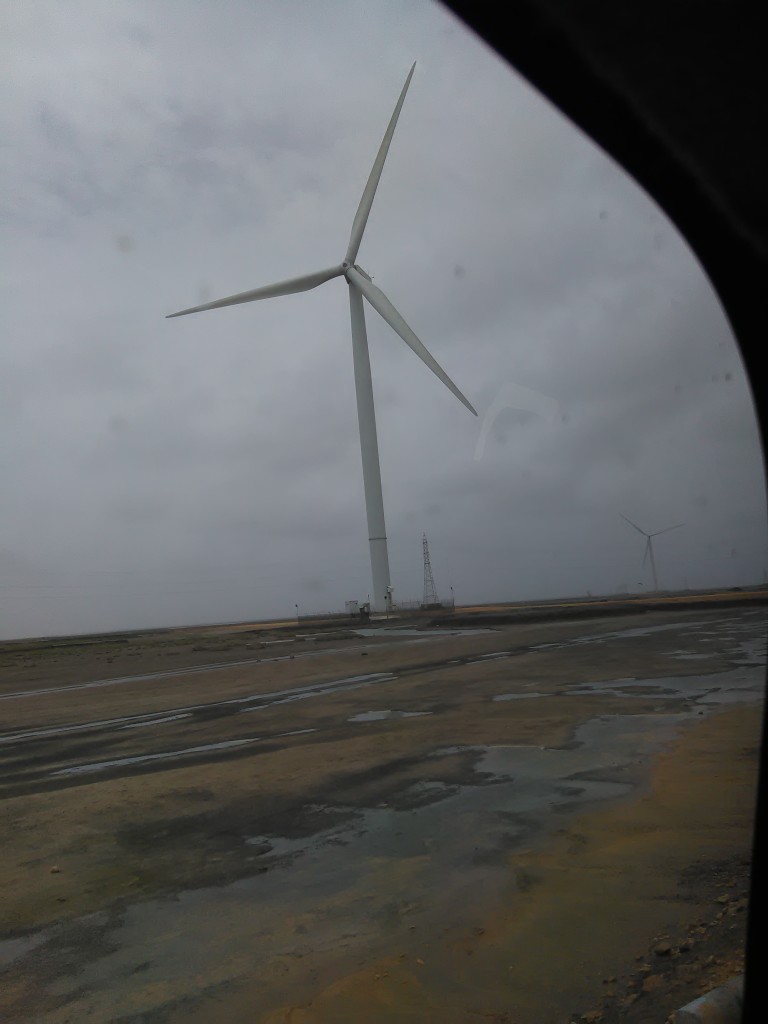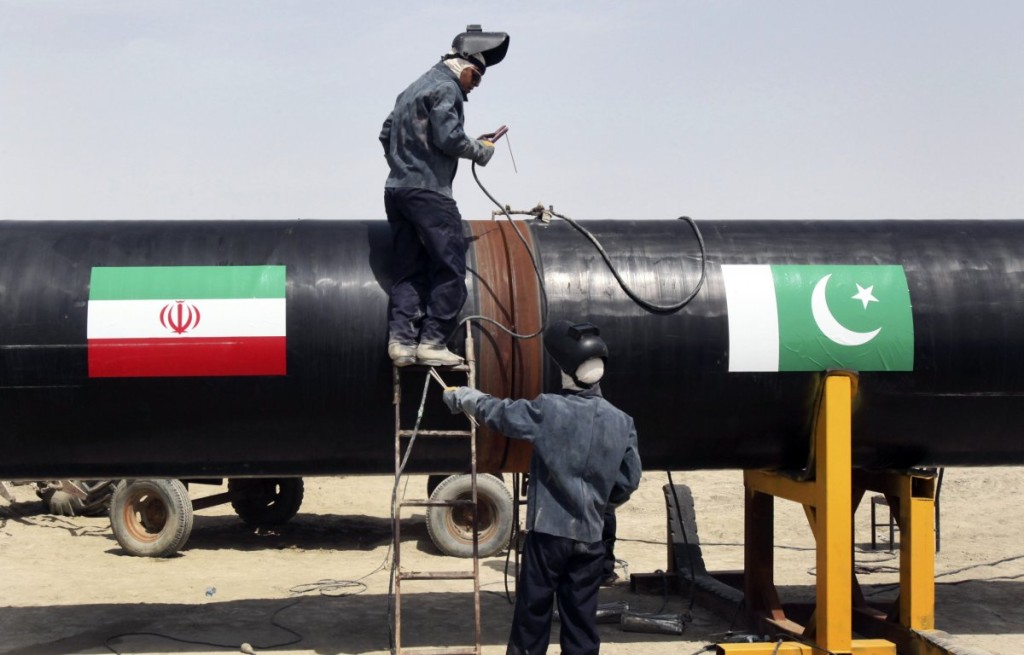There have been conflicting claims about the capacity of Quaid-e-Azam Solar Park (QASP) in the media. While the the chief executive officer of the Quaid-i-Azam Solar Power (Pvt) Limited claims that the project is producing 12% more energy than expected, opposition parties are claiming that it is producing only 18 MW as compared to the advertised capacity of 100 MW. So what is the truth?
Energy vs Power
Actually both the parties are correct in some sense. While the project does have the capacity to produce 100 MW peak power, this only happens for a very short duration during the day (around noon time). When averaged over 24 hours the park is only producing about 20 MW. This can be easily calculated by assuming that the peak solar energy is available for 5 hours (typical for this region) and averaging it over 24 hours.
100 MW x (5/24) = 20.83 MW
We can also calculate the average power produced by the park by looking at the numbers provided by Quaid-i-Azam Solar Power (Pvt) Limited on its website. According to the website the park is producing 169 Gigawatt Hour as compared to the original estimates of 153 Gigawatt Hour per year (a 12% increase). But this is energy, how do we calculate power?
The answer is simple, divide the energy produced in a year by the number of hours in a year (365 x 24 = 8760 hours).
Average power produced = 169 GWH / 8760 hours = 19.29 MW
Cost of Production and Tariff
The good news is that there is very minimal cost of production of solar energy (there was an installation cost of Rs.13 billion plus there are about 700 security personnel deployed for the security of 700 Chinese engineers working in the park). The tariff can be easily calculated by the revenue earned and the energy produced. According to QASP sources, the revenue reached a peak of Rs. 320 million in September. Let's calculate the cost per unit from the total revenue earned in September and the energy produced in the month of September.
Cost per unit = Rs.320,000,000/(19,290kW * 24 hours * 30 days)= Rs. 23.04/unit.
So the QASP claim that it is costing a consumer Rs.12/unit is not true. The actual cost to a consumer is Rs.23.04/unit. Again the data has been taken from the QASP website.
Environmental Impact
There is no doubt that there is going to be a negative impact on the environment. About 500 acres of desert have been taken over by QASP and this will definitely impact the biodiversity of the region. The total area dedicated to this project by Chief Minister of Punjab Mr. Shahbaz Sharif is 6500 acres (near Lal Sohanra National Park). Lastly there are vasts swaths of land in Balochistan which receive about 10-20% more Solar Irradiance than any location in Punjab and there are a number of new and existing Hydel projects that are crying for attention (case in point being Tarbela expansion which can yield additional 1400 MW of power).
Information taken from:
http://www.qasolar.com/
http://www.dawn.com/news/1217587/solar-park-producing-12pc-more-power-than-target
